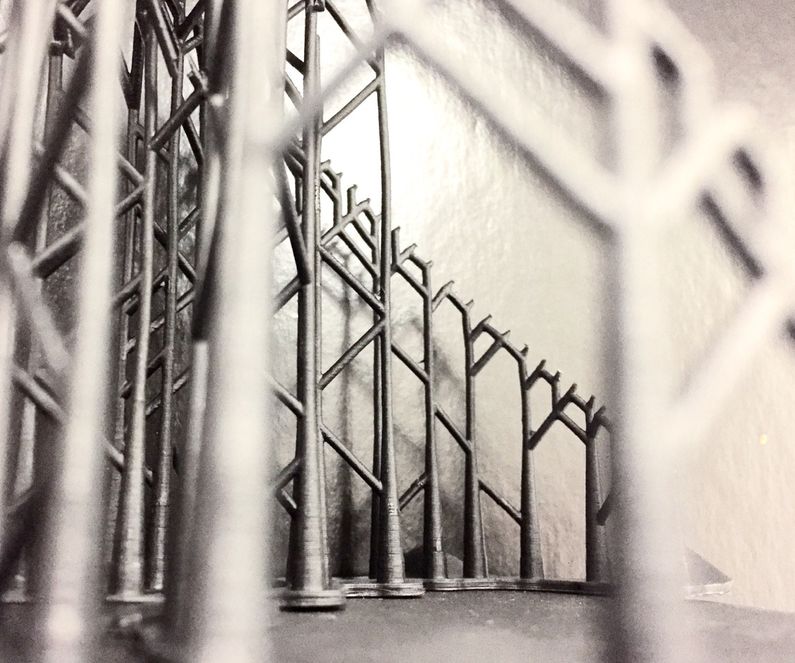ucresearch [http://ucresearch.tumblr.com/post/127567457311]:
How Dust Is Holding Science Back
> To most of us dust is just something we clean off our furniture, but to
scientists dust can cause big problems in the lab. Computer chips are put
together and tested in what are called clean
Minecraft with object impermanence
Jan 19, 2025










